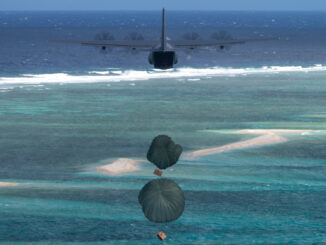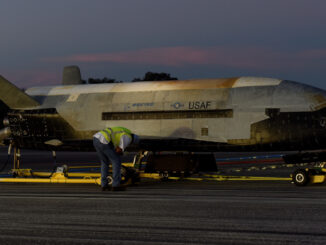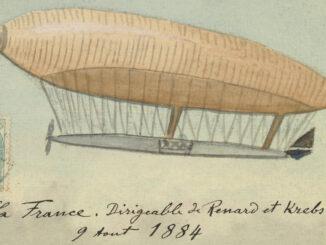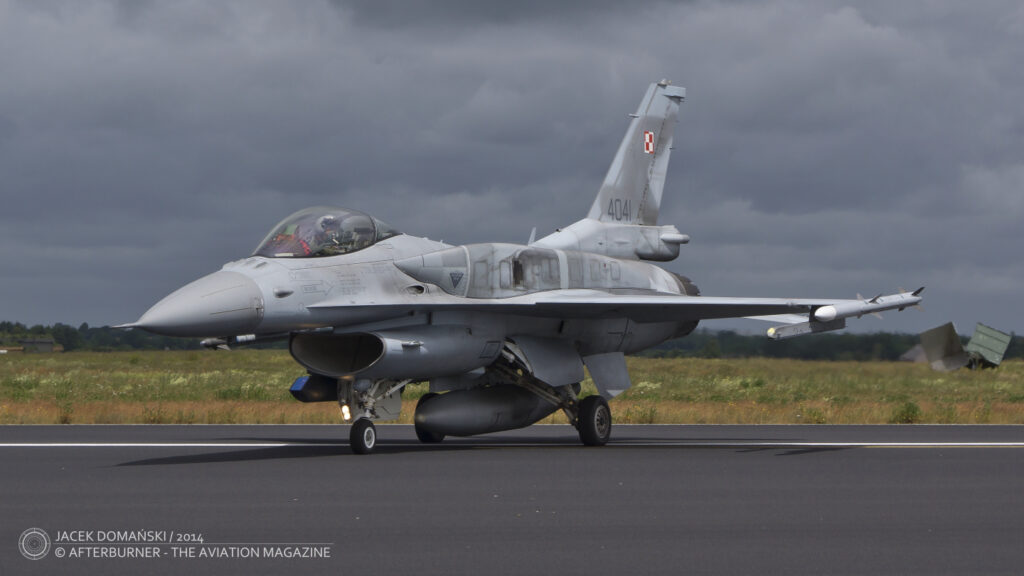 On 20th January 1974, during a high-speed taxi test with prototype of YF-16 fighter aircraft, its test pilot Phil Oestricher was forced to take-off to avoid a potential crash. The first, although unofficial, flight of the Fighting Falcon lasted six minutes and was completed successfully. It was then followed by official maiden flight that occurred on 2nd February of the same year.
On 20th January 1974, during a high-speed taxi test with prototype of YF-16 fighter aircraft, its test pilot Phil Oestricher was forced to take-off to avoid a potential crash. The first, although unofficial, flight of the Fighting Falcon lasted six minutes and was completed successfully. It was then followed by official maiden flight that occurred on 2nd February of the same year.
The F-16 Fighting Falcon, one of the most popular jet fighters in the world, emerged from the United States Air Force evaluation programme of Lightweight Fighter (LWF), launched in the late 1960s.
It was kind of opposite to earlier study named Project Forecast, performed by the USAF in 1963. That research came to conclusion that long-range missiles carried by fighter aircraft would dominate future air combat. Therefore, new air superiority aircraft needed to be created. An ideal design should be a heavy fighter, powered by two jet engines and equipped with long-range radar. In addition, special emphasis should be placed on flight endurance and top speed, with manoeuvrability and close-range dogfight ability considered not so important.
Nevertheless, experiences from the Vietnam War quickly revised the initial assumptions of the aforementioned study. Although air-to-air missiles in fact began to play the crucial role in aerial warfare, both the manoeuvrability, high thrust-to-weight ratio and close-combat capabilities were of the same importance.
As a consequence, two different points of view emerged among the USAF authorities, each of them having its own group of ardent supporters. Eventually, they resulted in two separate development programmes that led to creation of three iconic fighter aircraft.
The first one was Fighter Experimental programme, focused on building a twin-engine jet, featuring the take-off weight around 30,000 kg and able to exceed the speed of Mach 2. Finally, the F-X initiative led to create F-15 Eagle air superiority fighter.
The second initiative was based on more realistic assumption that the future F-X aircraft would be too expensive and too complicated to become the standard fighter of the USAF. In addition, the Energy-Manoeuvrability theory, created by Colonel John Boyd and mathematician Thomas Christie, concluded that much smaller and lightweight aircraft is necessary for modern fighter combat. That theory has gained many supporters among the USAF officers and civilian military authorities, being commonly nicknamed as ´Lightweight Fighter Mafia´ (or just the ´Fighter Mafia´).
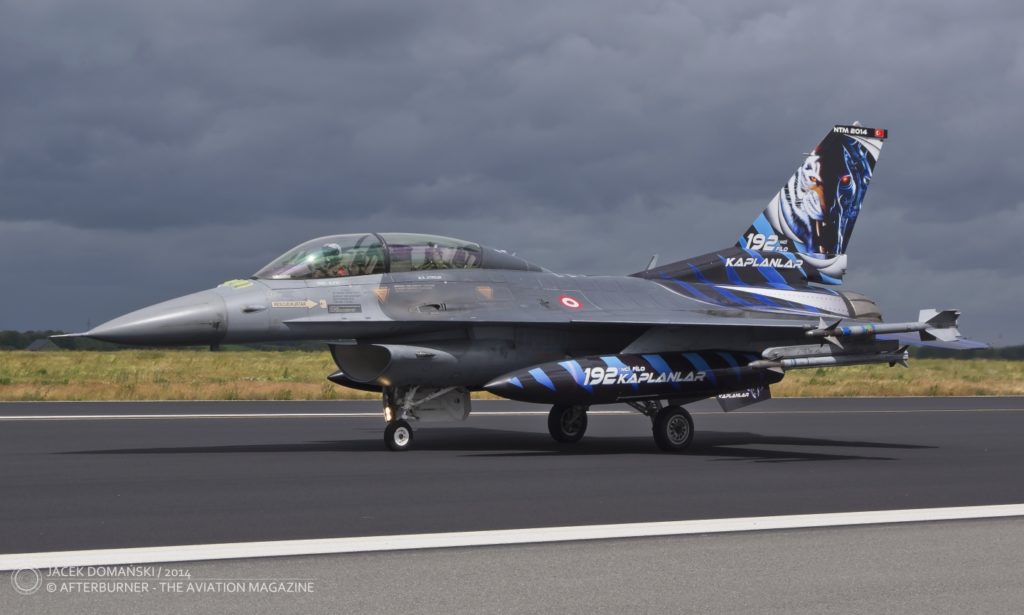
They managed to launch another programme to create the fighter fulfilling provisions of the Energy-Manoeuvrability theory. It eventually began in May of 1971 and official Request for Proposals was issued on 6th January of the next year and soon after was answered by five companies: Boeing, General Dynamics, Lockheed, Northrop and Vought.
According to the official requirements, the new fighter should have the take-off weight not exceeding 20,000 pounds (9,100 kg) and special emphasis had to be placed on its manoeuvrability, turn ratio and acceleration. It was assumed that most combat tasks of the new aircraft would be performed within altitude range between 9,000 and 12,000 metres, with speed not exceeding Mach 1.6.
Eventually, General Dynamics Model 401 and Northrop P-600 were chosen for future evaluation, receiving official military designation YF-16 and YF-17, respectively.
The YF-16 was developed by team of engineers led by Robert H. Widmer. On 13th December 1973 the new aircraft was officially rolled out and its maiden flight was then scheduled on 2nd February 1974.
However, as already mentioned, on 20th January, during the high-speed taxi test, the test pilot Phil Oestricher decided to take-off in order to avoid a potential crash. That decision was caused by roll-control oscillation resulting in fin of the wingtip-mounted missile and then stabilator to scrape the ground. The aircraft was slowly heading out of runway and quick decision of the test pilot saved it. The first, although unofficial, flight of the YF-16 lasted six minutes and was concluded with safe landing.
All damages were quickly fixed and then, on 2nd February, the YF-16 performed its official, ninety-minute-long maiden flight. The new fighter was shortly after adopted by the USAF as F-16 Fighting Falcon – although usually nicknamed ´Viper´ by air force personnel. Nowadays, the F-16 is still one of the most popular fighter aircraft in the world with more than 4,600 examples built until today.
It is also worth noting that the YF-17 prototype also led to create a successful fighter aircraft – the McDonnell Douglas F/A-18 Hornet.
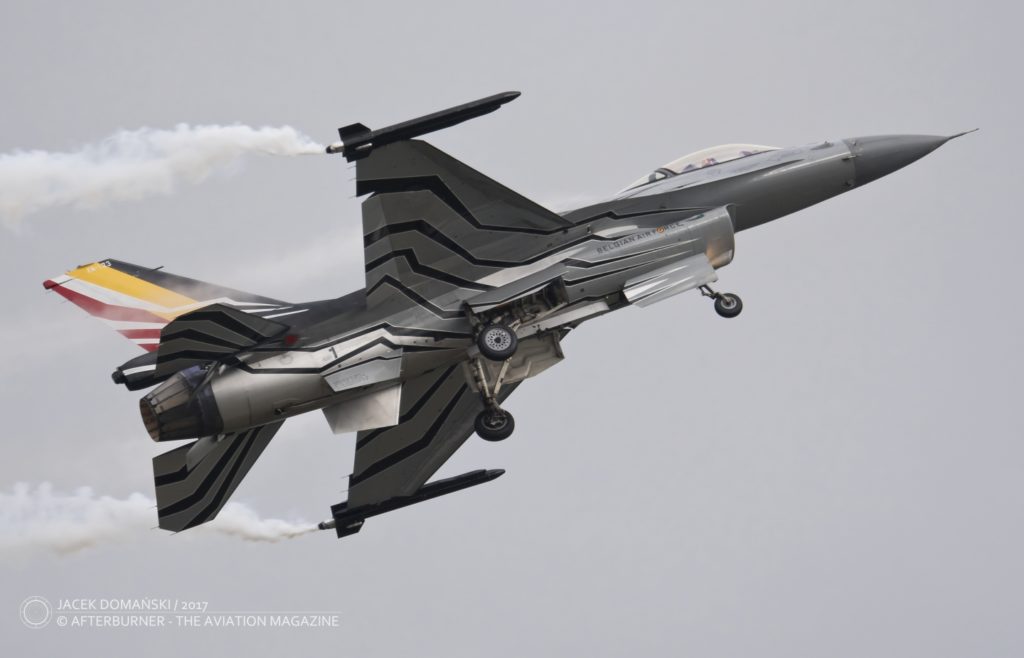
Cover photo: F-16C Fighting Falcon, 6 ELT, Polish Air Force

